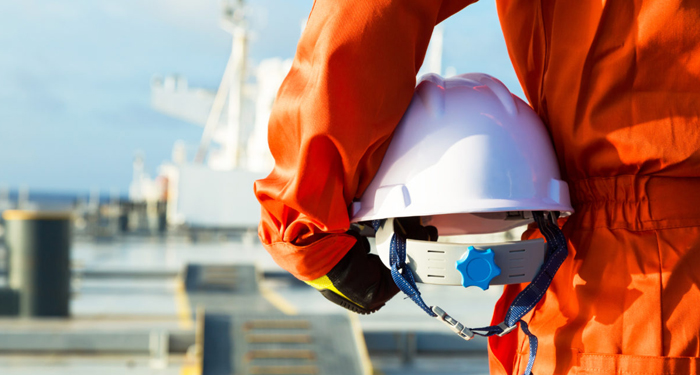The Maritime and Port Authority of Singapore (MPA) conducted a safety analysis and identified that some of the common causal factors contributing to persons falling overboard during transfers between vessels at the anchorages, were due to slips and trips, unsuitable embarking/disembarking arrangements and unfavourable weather conditions.
Thus, MPA Singapore and the Harbour Craft Safety Working Group represented by industry stakeholders, launched a set of guidelines to promote safe practices while conducting transfer of persons between vessels at the anchorages.
The guidelines are applicable to persons who are exposed to risk of falling into the water during transfers between vessels at the anchorage.
Such persons include, but are not limited to, ships’ crew, harbour pilots, boarding officers of shipping agencies, marine surveyors, marine superintendents, repair crew and other service personnel that board ships at the anchorages.
The measures proposed are included in the duties of the employer of a person who is exposed to the risk of falling into water and of drowning to provide
- equipment and means of rescuing and resuscitating drowning persons;
- suitable life jackets or other equipment for keeping such persons afloat in the event that they fall into the water.
Due to the physical nature of the activity and the risk involved, all parties should keep good situation awareness, exercise extreme caution and made aware of the risk assessment of the impending transfer operation when conducting the transfer.
MPA highlights that
In order to prepare for safe transfers, persons are strongly recommended to wear appropriate Personal Protective Equipment (PPE), including a working SOLAS type-approved life-jacket or a life-jacket meeting International ISO 12402 – performance level 100, or higher.
In addition, suitable boarding arrangements, such as accommodation ladder, pilot ladder and/or combination ladder, are to be properly rigged and assessed to be safe for use, by an authorised person from the vessel providing the boarding arrangements.
a) A safely rigged pilot ladder might be the most appropriate means for boarding a vessel from a service boat. However, where the vessel’s freeboard exceeds 9 meters, a combination of pilot ladder and accommodation ladder should be used.
b) Where pilot ladders are used for embarkation and disembarkation, they should conform to the requirements of IMO Resolution A.1045(27).
c) Steep angled accommodation ladders (>55 degrees to horizontal) should not be used for embarking or disembarking at anchorages into or from a service boat.
Embarkation/disembarkation areas of the service boats shall be free of slipping or tripping hazards, have sufficient handholds, be free of obstructions, be within line-ofsight of the boat’s operator, and be sufficiently illuminated during hours of darkness.
Persons embarking or disembarking a ship at anchorage should maintain 3-point contact at all times when embarking or disembarking.
Risk assessments are to be conducted by the owner/operator of the service boats and translated as safety guidelines displayed prominently on board as guidance to the master, crew and passengers of the service boat.
The master of service boats should consider the weather conditions and sea state before deciding on proceeding with the transfer of personnel at the anchorages.
































































